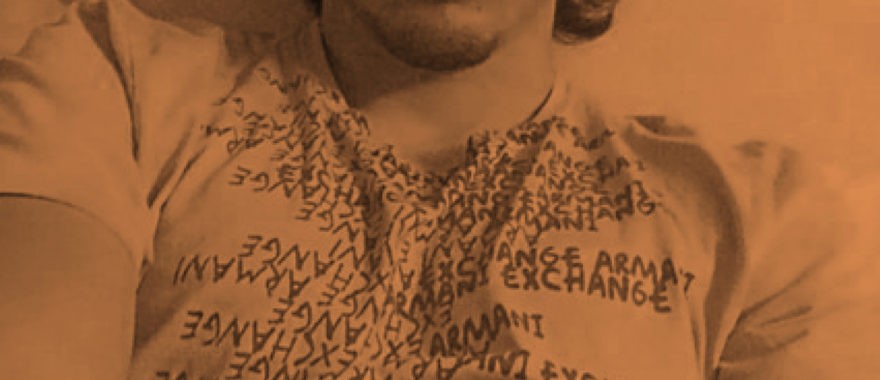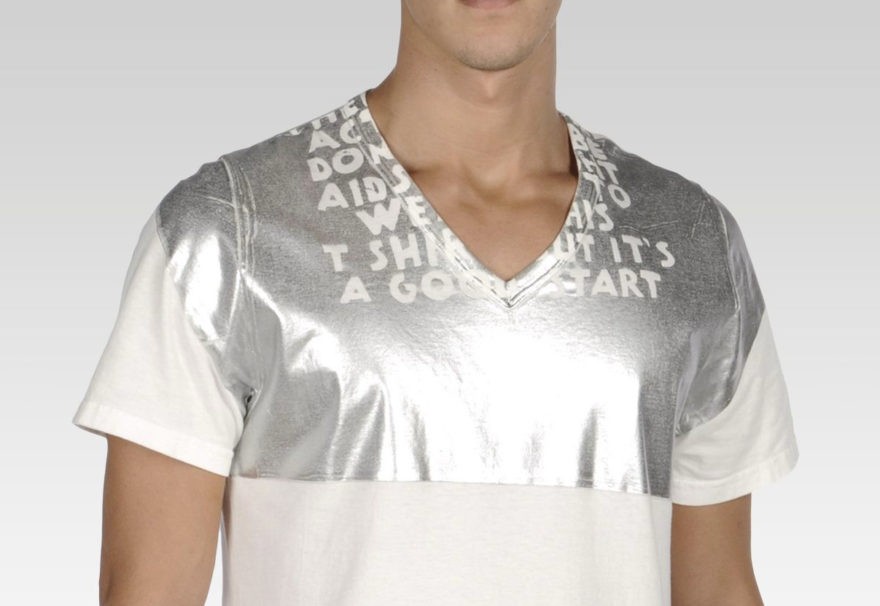This is an updated version of an essay originally written in 2013.
It was first published by Rockport Publishers.

As we go about our lives, our central nervous system is continually bombarded with so much input that, in order to function, it has to filter most of it out. So I guess you could say that, to some degree, we are all a bit numb. And that numbness extends beyond our nervous systems into daily decision-making and ultimately, into our philosophies.
Graphic designers are generally taught to make all decisions with as much intention as possible. A good design process is one where all choices and moves are in support of the message, the brand, or the general intention of the piece. This nobility can be comforting when abstracting a company’s strategy into, say, a logo. But alas the wretched graphic designer creating a line of graphic tees for a large fashion company.
I had this schizophrenic experience at one point in my career. My studio was engaged to create two seasons of T-shirts for a well-known fashion designer, with as many variations as we could deliver. Admittedly, it’s pretty sexy to tell your friends and clients that you’re working on a line for ___________. But the reality was more banal than that. Regardless of all the clever solutions presented, in the client’s mind, our greatest breakthrough came when we applied Robert Rauschenberg’s transfer technique to the company logo.
Ugh. They didn’t want ideas. They wanted textures.
And to add pain to the process, the only time I ever saw someone wearing our shirts was a year later, when the line appeared on the homeless of Miami. Whatever had not sold had been donated.
I successfully managed to pack that experience away for quite a while. And there it sat, forgotten, until a few weeks ago when I opened the Sunday New York Times and saw this image from Boston bombing suspect Dzhokhar Tsarnaev’s Facebook page.

Armani used to be amazing. From the innovative unconstructed jacket to the glorious film costume work, Armani helped define the 1980s and 90s to the point where one can now point to a color palette of taupes and greys and call it Armaniesque. I used to walk through shops and be amazed by the materiality of the fabric itself. How it was woven. How it draped. How it was both dense and light at the same time.
But over time, like many other successful fashion houses, the licensing and brand extension got to the point where a group of people sat in a room, picked a mundane design, to be put on a mundane t-shirt, to be sold in a mundane shopping mall, which eventually ended up on Dzhokhar Tsarnaev.
The thing is, other than saying “Armani Exchange,” this design has absolutely nothing to do with the Armani brand. It’s a pale knock-off of Maison Martin Margiela’s Aids t-shirt line, which first appeared in their Fall/Winter collection of 1993 and was issued in one color combination each subsequent year. The text “There is more action to be done to fight AIDS than to wear this T-shirt but it’s a good start.” is silkscreened across a flat-lying shirt’s neck hole so it appears both inside and outside the garment.

Margiela’s shirt perfectly represents that brand’s ethos: new ways of approaching standard articles of clothing, as well as creativity in materials and methods. And as a way for fashion houses to offer lower-cost products for a wider audience, as well as carve out an appropriate CSR space, this is one of the better — only to be matched 13 years later with Project (RED).

In comparison, the Armani Exchange shirt embodies the numbness that comes after years of brand extensions and licensing. That brand has been so defiled by marketing, that it risks being another Pierre Cardin, beginning in high fashion and ending up at Sears.
Now wouldn’t it be nice if someone, somewhere, selecting the next line of Armani Exchange t-shirts took a moment and asked who would they like to see wearing the product? Would Michael Stipe be caught dead in it?

Or would it more likely be seen on the Smoking Gun’s collection of message t-shirts in mug shots? Definitely a topic the folks at Sesame Street should have discussed when developing their Elmo line…
